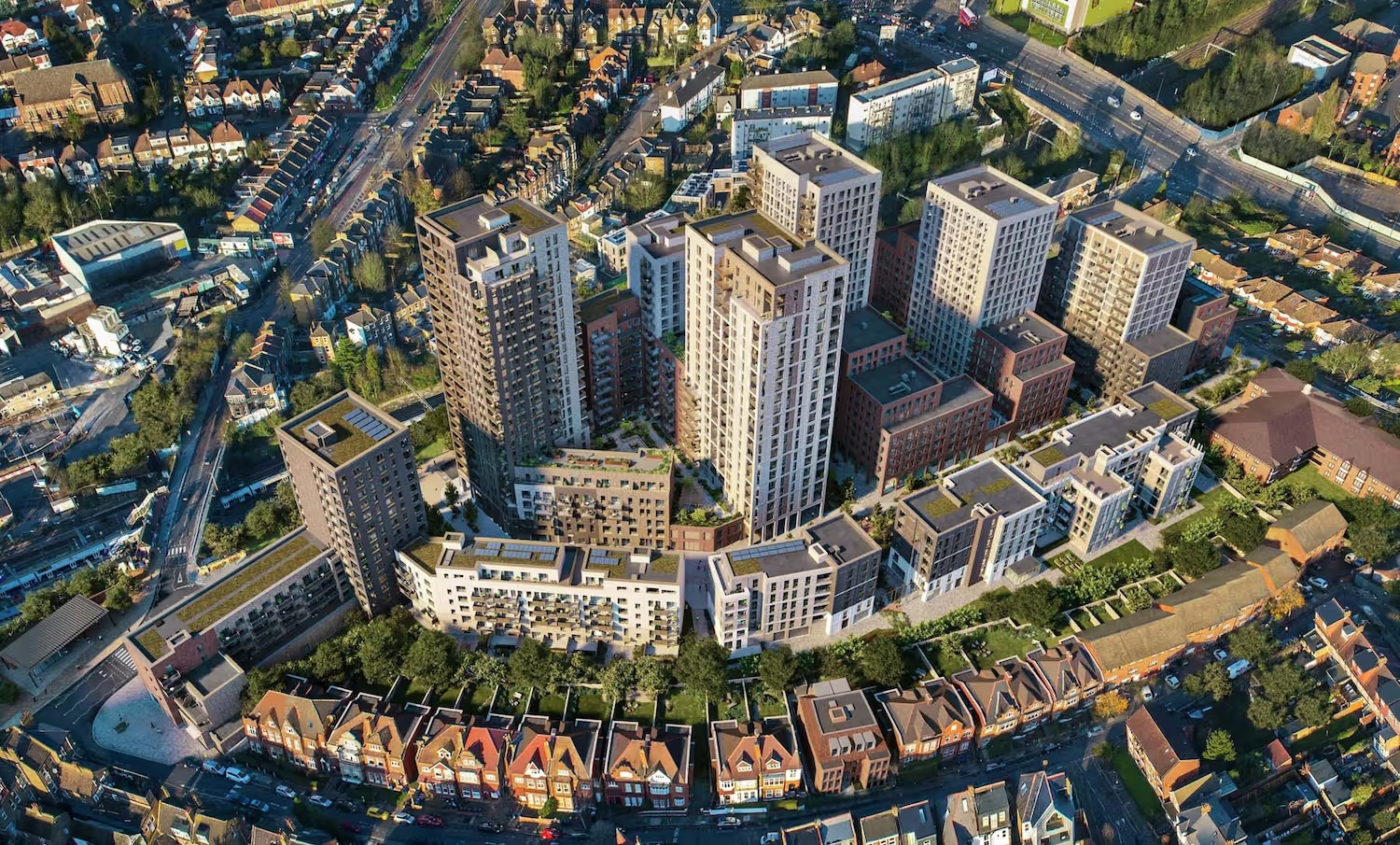Injunction or Payout? Understanding Your Rights When Daylight Is Blocked
If a new development threatens the daylight to your home, you may have a legal right to light – a powerful protection under English law. Courts can stop the build entirely or award significant compensation, but timing and evidence are crucial. Here’s how injunctions and payouts work, and what to do if you’re affected.
Injunction or Payout? What Happens When Your Light Is Blocked
If a new development is threatening the daylight to your home or property, it’s easy to feel like there’s nothing you can do. But under English law, you may have a legal right to light - a powerful protection that could entitle you to stop the development or demand compensation.
At Daylight Protect, we often get asked: “Will the court actually stop a building because of a loss of light?” The answer is yes, in the right circumstances. But the outcome depends on several factors, and the stakes can be high on bothsides.
Let’s walk through how courts approach these cases and what you can expect if your rights are affected.
What Is a Right to Light?
A right to light is a type of easement - a legal right that attaches to your property. If a window has received uninterrupted daylight for at least 20 years, you may havea cquired a right to light under the Prescription Act 1832.
This right doesn’t guarantee full sunshine, open views, or a certain amount of light all day long. What it doesprotect is a minimum level of lightthat the courts regard as sufficient for the ordinary use of the space inside.
That threshold is often assessed usingtechnical modelling, like the Waldram method, but ultimately the court wants to know: has the room become substantially less comfortable or usefulas a result of the new obstruction?
Do Courts Really GrantInjunctions?
Yes, and that’s what makes rights tolight so important. When a court finds that a developer has infringed your right, it has two main options: grant an injunction to stop or undo the interference, or award damages (compensation).
Injunctions are still very much alive inrights to light cases. They’re more likely to be granted where:
● The loss of light is serious, particularlyto habitable rooms like kitchens, living areas, or home offices.
● The property is residential, especially ifit’s owner-occupied.
● The developeracted with knowledge of the right and pushed ahead regardless.
● There was delay, concealment, or aggressive tactics from the developer.
● The courtdoesn’t see strong reasons to deny one (e.g. no clear public interest orhardship).
Developers fear injunctions because theycan mean cutting back or even demolishing parts of a completedbuilding. That’s not theoretical - it’s happened before.
A well-known case, Regan v Paul Properties, involved an office block that had to becut back after completion. More recently, in the Ottercroft case, an injunction was granted against a restaurant that had interfered with an upstairs flat’s light. In both cases, the courtfelt that the interference was too serious to be settled with money alone.
When Do Courts Award Compensation Instead?
Not every loss of light leads to an injunction. If the court considers that damages are an adequate remedy, it can allow the development to remain and orderthe developer to pay compensation instead.
This usually happens where:
● Theinterference is relatively minor, oronly affects non-essential parts of the property.
● The developer didn’t act in bad faith and may have made efforts to resolve the issue.
● There’s aclear public benefit from thescheme, such as housing or regeneration.
● Cutting backthe building would be disproportionate to the harm caused.
This balance was addressed in thelandmark Cooper & Powell vs Ludgate House Limited case, which reaffirmed that injunctions are still the default for property rights butcourts can consider other factors, including proportionality and the public interest.
Even where an injunction is refused, the damages can be significant. The courtsoften look at what’s known as a “negotiating premium” - a share of the profit the developer made by infringing yourright. In some cases, this has run into hundreds of thousands of pounds.
Why Developers Take Risks and Why You Shouldn’t
From a developer’s perspective, the commercial pressures are intense. They may assume you’ll settle for a smallpayment. Some press ahead hoping no one challenges them. Others rely on legaltools like Section 203 of the Housingand Planning Act 2016, which can convert rights to compensation if certainconditions are met (but doesn’t extinguish the right entirely).
But this is all the more reason to actearly. The longer you wait, the more likely a court is to say you’ve acceptedthe development or can be adequately compensated. Delay weakens your position, evenif your legal right is strong.
What Should You Do If You’reAffected?
- Get a professional light assessment. This isn’t just a planning objection - it’s a technical legal right. You need data to show how your light is affected.
- Take legal advice early. Even before building starts, a solicitor can help secure agreements, stop unlawful works, or negotiate terms.
- Don’t be intimidated. Developers often use aggressive tactics, but your rights are backed by law. If the interference is substantial, you may have a powerful claim.
- Act quickly. Time is critical. A delay of even a few months can be used against you.
Our Perspective
Rights to light cases are complex, butthe principles are clear. If your property is losing significant natural light,the law may entitle you to real remedies,not just a token payout.
At Daylight Protect, we’ve helped leaseholders, freeholders, residents, and businesses across the UK assert theirrights - whether that’s stopping a development, negotiating a settlement, or securing proper compensation.
We work with leading light surveyors andspecialist solicitors to give you the best possible chance of success.
Think you might beaffected? Talk to us.
A short call with our team can help youunderstand your rights, your risks, and your options. We’ll take it from there.
Similar insights

